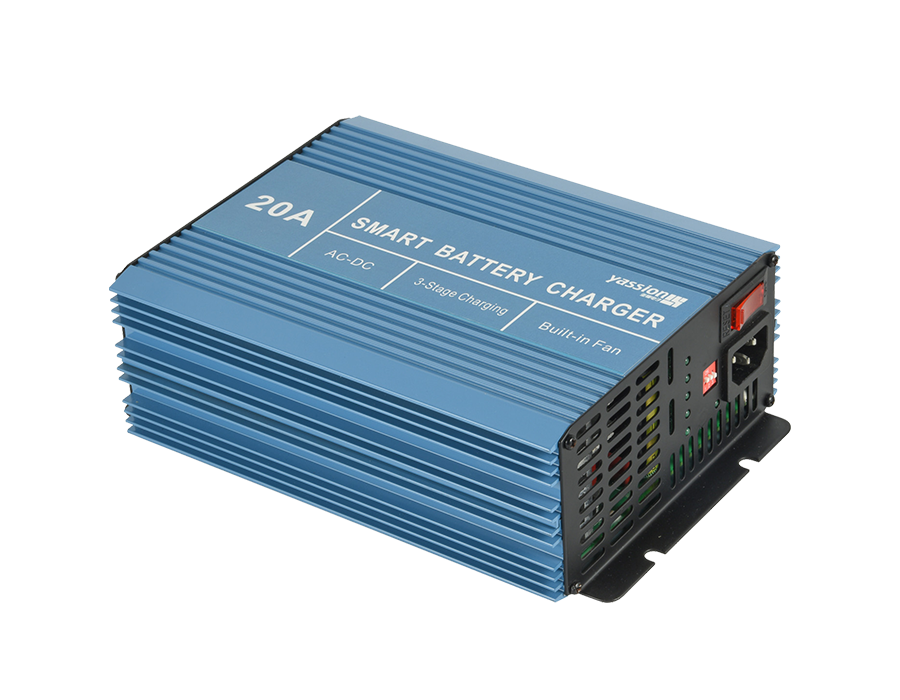Battery chargers are devices used to recharge the batteries of various types of electronics, such as smartphones, laptops, electric vehicles, and power tools. They work by converting AC power from the electrical grid into DC power that can be stored in a battery. Battery chargers can be either plug-in chargers or portable chargers, and may have different charging speeds, charging capacities, and safety features depending on the type of battery being charged and the intended use. The charging process typically involves monitoring the battery's voltage and current to ensure that the battery is charged safely and efficiently without overcharging or damaging the battery.
Here are some common features of battery chargers:
Voltage and Amperage Output: This determines the charging speed and the type of battery that can be charged.
Portability: Some battery chargers are designed to be portable, allowing you to charge your devices on the go, while others are designed to be used as a permanent charging station.
Safety features: Battery chargers may have features such as overcharge protection, short circuit protection, and temperature control to prevent damage to the battery or the charger.
Charging Indicators: Some battery chargers have LED lights or other indicators to show the charging status and estimated time remaining.
Multiple Ports: Some battery chargers have multiple charging ports, allowing you to charge multiple devices at the same time.
Compatibility: It's important to choose a battery charger that is compatible with the type of battery you have, whether it's a lithium-ion battery, a lead-acid battery, or another type of battery.
Input Voltage: The input voltage of the battery charger should match the voltage of the electrical grid in your area.
Cord length: The length of the cord should be suitable for your needs, whether you need a longer cord for a permanent charging station or a shorter cord for a portable charger.


Rated AC Input Voltage 220VAC
AC Input Range 180VAC-265VAC
AC Input Frequency 50/60Hz +/- 3Hz
Input Over Current Protection 5A (Thermal Protection Switch)
Float Charging Voltage 12VDC-13.8VDC (Factory Setting)
Average Charging Voltage Can be set according to different types of batteries
(see attached figure 3)
Charging Current 10A (Max.)
Connection Mode Wiring Terminal
Output Reverse Polarity Protection Yes
Cooling Method Smart Fan
LED (5 Steps) 20%-40%-60%-80%-100% (battery capacity)
Fault light Light On-Normal; Light Off-Fault


 English
English 中文简体
中文简体 Español
Español














